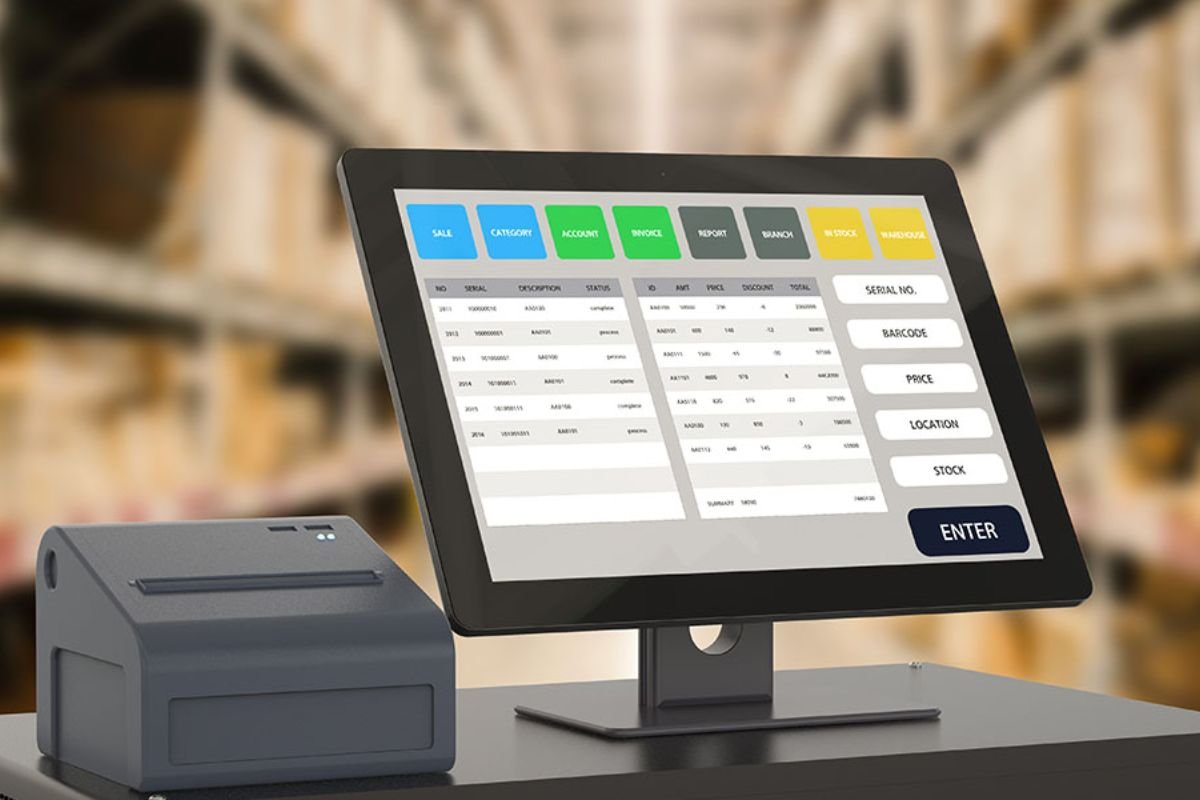In a mobile-dominated world, custom mobile app development is crucial. As smartphones and tablets become ubiquitous tools for communication, entertainment, and commerce, businesses and individuals realize the need for customized mobile apps. This journey is difficult and requires strategy and organization. This 15-step guide helps you navigate the complex custom mobile app development process. This guide covers every process step, from ideation and market research to planning, design, development, testing, and deployment.
Step 1: Idea Generation and Conceptualization
Building a successful mobile app starts with an idea. Find a problem or need your app can solve. Check the market to make sure your idea is unique and stand out. Describe the app’s features, functions, and goals in this phase. Define the app’s purpose and benefits.
Step 2: Market Research and Validation
Perform market research before proceeding with your app idea. Analyze your audience’s preferences and behavior. Learn from competitors and similar apps’ successes and failures. Potential users’ feedback can help a custom mobile app development company to tailor your app’s concept to user needs.
Step 3: Planning and Strategy

A solid plan underpins mobile app development. A detailed project plan should include each phase’s timelines, milestones, and resources. Set the technology stack, platform (iOS, Android, or both), and third-party integrations. Budget for development, marketing, and maintenance.
Step 4: Wireframing and Design
Design is crucial to user engagement. Create wireframes to show the app’s layout and navigation. These wireframes will become mockups of the app’s colors, typography, and user interface. UX and UI principles should be considered to make the app intuitive and attractive.
Step 5: Development
The development brings your app to life. Split the development process into sprints focused on specific features or functions. Facilitate flexibility and adaptability with agile methods. Work closely with developers to ensure the app’s functionality matches the idea. Bugs must be found and fixed through regular testing and quality assurance.
Step 6: Testing and Quality Assurance
To ensure your app works across devices and scenarios, test it thoroughly. Functional testing ensures each feature works, compatibility testing ensures the app works on different devices and operating systems, and performance testing guarantees speed and responsiveness. Fix issues and test multiple times to polish the product.
Step 7: Beta Testing

Beta-test the app before releasing it. Invite a select group of users to real-world test the app. Get feedback on usability, performance, and remaining issues. This phase offers valuable insights and a final chance to make adjustments before launch.
Step 8: Deployment
A well-tested app is ready for deployment. Prepare app store descriptions, screenshots, icons, and promotional materials. Follow Apple App Store and Google Play Store submission guidelines for iOS and Android. Users can download your app after approval.
Step 9: Launch and Marketing
A successful launch requires strategic marketing. Plan social media campaigns, influencer collaborations, app reviews, and other promotions. Create compelling marketing content using your app’s USPs and the problems it solves. Use your target audience to build excitement for the app’s release.
Step 10: Post-Launch Support and Maintenance
After launch, the journey continues. Review user reviews to find ways to improve. Update your app regularly to add features, fix bugs, and boost performance. Keep up with changing user needs and technology to keep your app competitive.
Step 11: Data Analysis and Iteration
Record user interactions and behaviors with your app. Use this data to understand user preferences, usage patterns, and improvement opportunities. These insights should inform your app’s updates. Keep improving the user experience and updating your app to market trends.
Step 12: Scaling and Expansion
If your app gains traction and popularity, consider scaling and expanding its reach. This might involve launching new platforms, entering new markets, or introducing premium features. Scaling requires careful planning to ensure the app’s infrastructure can handle increased user load and maintain performance.
Step 13: User Feedback Incorporation

Listening to users is key to mobile app development. Pay attention to user feedback once your app is in use. User feedback can reveal pain points, feature requests, and usability issues that testing missed. Encourage app users to provide feedback by adding a feedback mechanism. Monitor this feedback and prioritize changes that meet your app’s goals and user expectations. User feedback improves app functionality and builds user loyalty.
Step 14: Security and Privacy Enhancement
In a time of digital threats and privacy concerns, user data must be protected. iOS app development services regularly review and improve app security to protect sensitive user data. Use encryption, secure authentication, and security audits to find and fix vulnerabilities. To ensure your app’s legal compliance, follow data protection regulations like GDPR. Prioritizing security and privacy builds user trust and protects your app from breaches and reputational damage.
Step 15: Continuous Innovation and Adaptation
Technological advances and user behavior change the mobile app landscape. Your app needs constant innovation to compete. Watch out for AI, AR, and IoT technologies that could improve your app. Regularly test new features that fit your app’s purpose and appeal to users. Innovation and adaptability will keep your app relevant and set it apart in the ever-changing market.
Conclusion:
A well-structured process is essential for custom mobile app development’s dynamic world. This detailed guide emphasizes planning, user-centricity, and adaptability. From ideation and market research to deployment and post-launch iteration, each phase improves app performance and user satisfaction. User feedback strengthens relationships with the user community, increasing loyalty and app functionality. Today’s digital world requires data integrity and user trust, so security is crucial. Continuous innovation keeps the app current after launch. This guide shows that success comes from solving user problems and providing excellent experiences, not just a polished app. This guide helps mobile app developers create lasting digital solutions in the ever-changing world of mobile apps.






